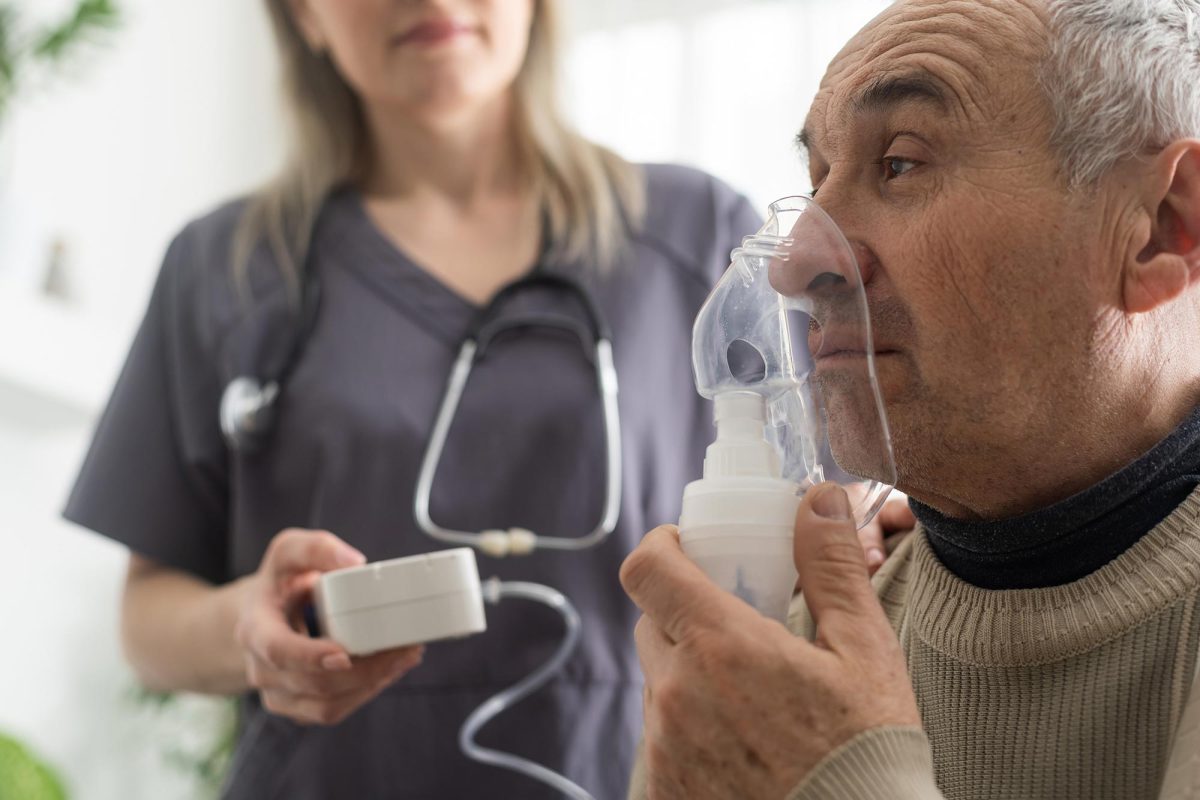Introduction
Medical oxygen is a critical resource in healthcare, essential for treating respiratory illnesses, surgical procedures, and emergency care. However, shortages of medical oxygen have become a global crisis, threatening millions of lives, particularly in low- and middle-income countries. The COVID-19 pandemic exposed the fragility of oxygen supply chains, but the problem persists beyond the pandemic, affecting patients with pneumonia, chronic obstructive pulmonary disease (COPD), neonatal complications, and other critical conditions.
The Growing Medical Oxygen Crisis
The demand for medical oxygen has increased due to various factors, including rising respiratory diseases, an aging population, and global health emergencies. Despite its necessity, many healthcare facilities—especially in developing regions—struggle with inadequate oxygen production, high costs, and logistical barriers to distribution.
Key Factors Contributing to Oxygen Shortages
Limited Oxygen Production Capacity
Many low-income countries lack sufficient infrastructure to produce medical oxygen at scale. Oxygen plants require significant investment, and many hospitals rely on external suppliers, making them vulnerable to disruptions.
High Costs and Limited Access
The cost of oxygen can be prohibitively high in some regions due to limited local production and reliance on imported oxygen cylinders. This makes life-saving treatment inaccessible for many patients.
Logistical Challenges in Distribution
Transporting medical oxygen to remote areas is difficult due to poor infrastructure, lack of refrigerated trucks, and limited storage facilities. In emergency situations, such as pandemics or natural disasters, these logistical barriers can be fatal.
Inadequate Government Policies and Investment
Many governments have not prioritized medical oxygen as an essential public health resource, leading to underfunding and lack of regulatory frameworks for sustainable supply chains.
Impact of Oxygen Shortages on Healthcare and Patients
The lack of medical oxygen affects millions of people, particularly in vulnerable populations.
COVID-19 and Respiratory Illnesses: The pandemic highlighted the need for medical oxygen, as hospitals worldwide struggled to meet demand. However, even before COVID-19, pneumonia killed 800,000 children under five annually due to oxygen shortages.
Neonatal and Maternal Health: Premature babies and mothers with birth complications often require oxygen therapy. Inadequate access increases the risk of infant mortality.
Critical Care and Surgeries: Oxygen is vital in intensive care units (ICUs) and surgeries. A shortage can lead to preventable deaths and complications.
Solutions to Address Medical Oxygen Shortages
1. Investment in Oxygen Infrastructure
Governments and international organizations must invest in building and maintaining oxygen production plants, ensuring that hospitals have a reliable supply.
2. Strengthening Local Production
Encouraging local manufacturing of oxygen concentrators and cylinders can reduce dependence on imports and lower costs.
3. Improving Distribution Networks
Efficient supply chains, better storage facilities, and alternative oxygen delivery systems (such as portable concentrators) can improve accessibility in remote areas.
4. Policy and Funding Initiatives
Governments should recognize medical oxygen as an essential medicine, implement regulatory reforms, and allocate sufficient funding for its supply and distribution.
5. Technological Innovations
Advancements in oxygen generation, storage, and transport, including solar-powered concentrators and low-cost production methods, can help bridge supply gaps.
Conclusion
Medical oxygen shortages pose a severe threat to global health, disproportionately affecting low-income regions and vulnerable populations. Addressing this crisis requires urgent investment, policy changes, and global collaboration to ensure that every patient who needs oxygen can access it. By prioritizing medical oxygen as a fundamental healthcare resource, we can save millions of lives and strengthen health systems worldwide.

















+ There are no comments
Add yours